Thanks to the adoption of new technologies and methods, facility contract management is evolving. Organizations are continuously looking for ways to collaborate more efficiently and easily. Contracts and contract data play a critical role in this: they provide valuable insights that benefit the entire organization.
As a software provider, GRIP Facility strives for a future where facility contract management is simple, efficient, and accessible to all parties involved. The platform serves as the foundation: by using smart technology, GRIP enables the analysis and comparison of data from various contracts. This offers facility departments additional opportunities, such as gaining more insight into the performance of individual contracts and aligning overall facility management with the organization’s strategic goals.
“By bringing information from different suppliers into one platform, you create a clear overview,” says Stephan Simons, Managing Partner at GRIP. “The platform acts as a smart steering tool. Not only can you improve the quality of service and easily analyze management information, but you can also optimize collaboration between contract partners.”
More Insight Through Contract Integration
Simons gives a practical example: “When KPI data from different suppliers is imported in a consistent manner, you get a clear overview of all contracts in the dashboard. This enables the facility manager to compare performance and make adjustments where necessary.”
“This can easily be extended to all possible services,” Simons continues. “Although not everything can be compared in great detail, the key points often can. The goal should be to collect as much of the same data as possible about expenses, quality, sustainability, and performance from all contract partners. This makes analysis easier and allows organizations to identify opportunities.”
Collaboration Across the Chain
Simons sees a growing desire among organizations to make facility service providers collaborate more with each other. “On one hand, this is to achieve shared facility objectives, such as sustainability KPIs. On the other hand, it’s about encouraging each other to optimize the building experience.”
GRIP facilitates this digital collaboration across the chain. “Our platform makes it easy to communicate with each other. Parties can share documents, view agreements and performance, and jointly manage contracts. This reduces administrative burden and speeds up decision-making. When organizations and contract partners can easily access each other’s data, they can collaborate more effectively and learn from each other’s performance.”
‘Contract Partners Improve the Quality of the Building Experience Together’
Sustainability
Collaboration is also crucial for achieving sustainability goals. “Increasing pressure from laws and regulations means that sustainability is no longer optional,” says Simons. He notes that sustainability is an important agenda item in boardrooms. “That’s why monitoring contracts in terms of sustainability needs specific attention.”
Whether driven by regulation or intrinsic motivation, companies are increasingly seeking insight into their organization’s impact on people, the environment, and society. This demand will lead facility and contract managers to embed sustainability requirements and goals into their contracts. “You want to be able to track sustainability performance at the contract level in real time and report easily, without having to search and analyze multiple sources.”
Simons emphasizes that suppliers also benefit from this data. “In a contract dashboard, they can see how others are performing on sustainability aspects, and where improvements may be possible.”
Benchmarking with Data
Additionally, Simons observes a growing demand from clients to benchmark their own performance. “They want to compare contract information and performance with similar locations or other companies in the same sector. This is a challenge, as data is often not stored in the same format.”
When the data structures within a platform are consistent, comparison becomes much easier. “We’re seeing increasing willingness among clients to make data available (anonymously),” says Simons. “By benchmarking contract information, you can know where you stand, identify potential improvements, and find opportunities to stand out based on contract management.”
‘Smart Recommendations from the System are the Next Step’
Recommendations through Machine Learning
In summary, Simons expects that digitalization will elevate contract management to a new level by 2025. “The next step is for the system to make intelligent recommendations. With the help of machine learning, the platform will actively suggest actions and improvements for contract performance. This helps organizations manage contracts more easily and provides real-time insights. Based on (historical) performance, you can make timely adjustments and potentially renegotiate terms.”
Machine learning makes facility contract management simpler, according to Simons. “By connecting contracts and data, you gain deep insights into trends, performance, and cost structures. With data analysis, you can proactively manage contracts, generate management reports more easily, reduce risks, and make better business decisions that align with organizational goals. The result is a future-proof, sustainable, and smart work environment.”
Read the full article on FACTO: https://www.facto.nl/39088/grip-facility-data-gedreven-inzichten-vereenvoudigen-contractmanagement

